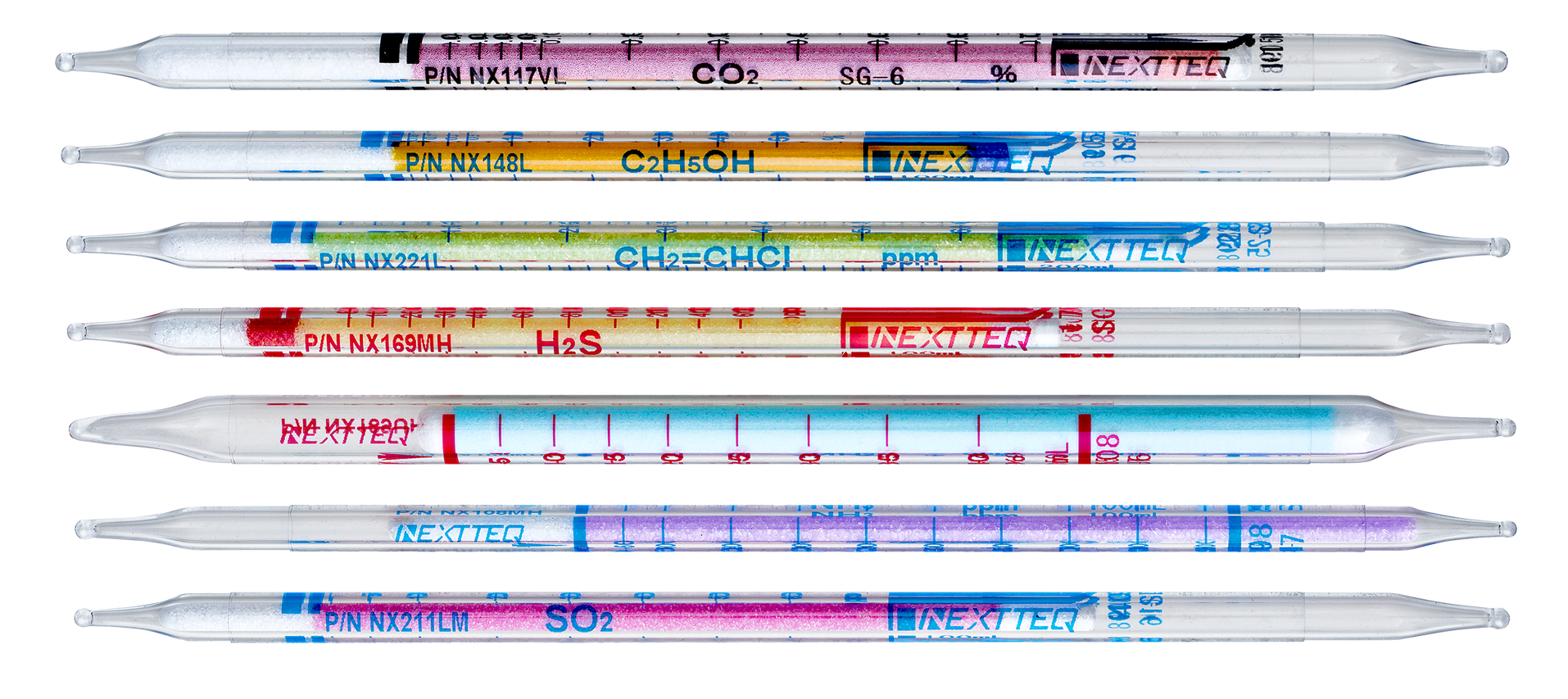Monitoring indoor air quality (IAQ) is an important step in ensuring a healthy and safe environment. The right ventilation and building care can prevent and fix IAQ problems. Although OSHA does not have IAQ standards, it does have standards about ventilation and standards on some of the air contaminants that can be involved in IAQ problems. OSHA responds to questions about standards with letters of interpretation. OSHA's letters of interpretation specifically addressing IAQ issues can be found in Other Resources. The General Duty Clause of the OSH Act (the law that created OSHA) requires employers to provide workers with a safe workplace that does not have any known hazards that cause or are likely to cause death or serious injury.
According to OSHA, the quality of indoor air inside offices, schools, and other workplaces is important not only for workers' comfort but also for their health. Poor indoor air quality (IAQ) has been tied to symptoms like headaches, fatigue, trouble concentrating, and irritation of the eyes, nose, throat and lungs. Also, some specific diseases have been linked to specific air contaminants or indoor environments, like asthma with damp indoor environments. In addition, some exposures, such as asbestos and radon, do not cause immediate symptoms but can lead to cancer after many years.
Many factors affect IAQ. These factors include poor ventilation (lack of outside air), problems controlling temperature, high or low humidity, recent remodeling, and other activities in or near a building that can affect the fresh air coming into the building. Sometimes, specific contaminants like dust from construction or renovation, mold, cleaning supplies, pesticides, or other airborne chemicals (including small amounts of chemicals released as a gas over time) may cause poor IAQ.




